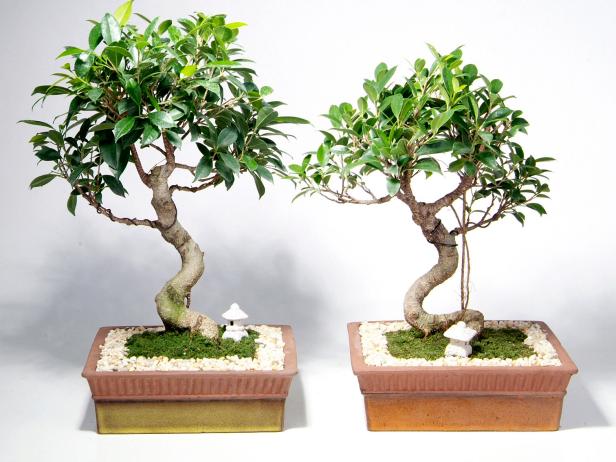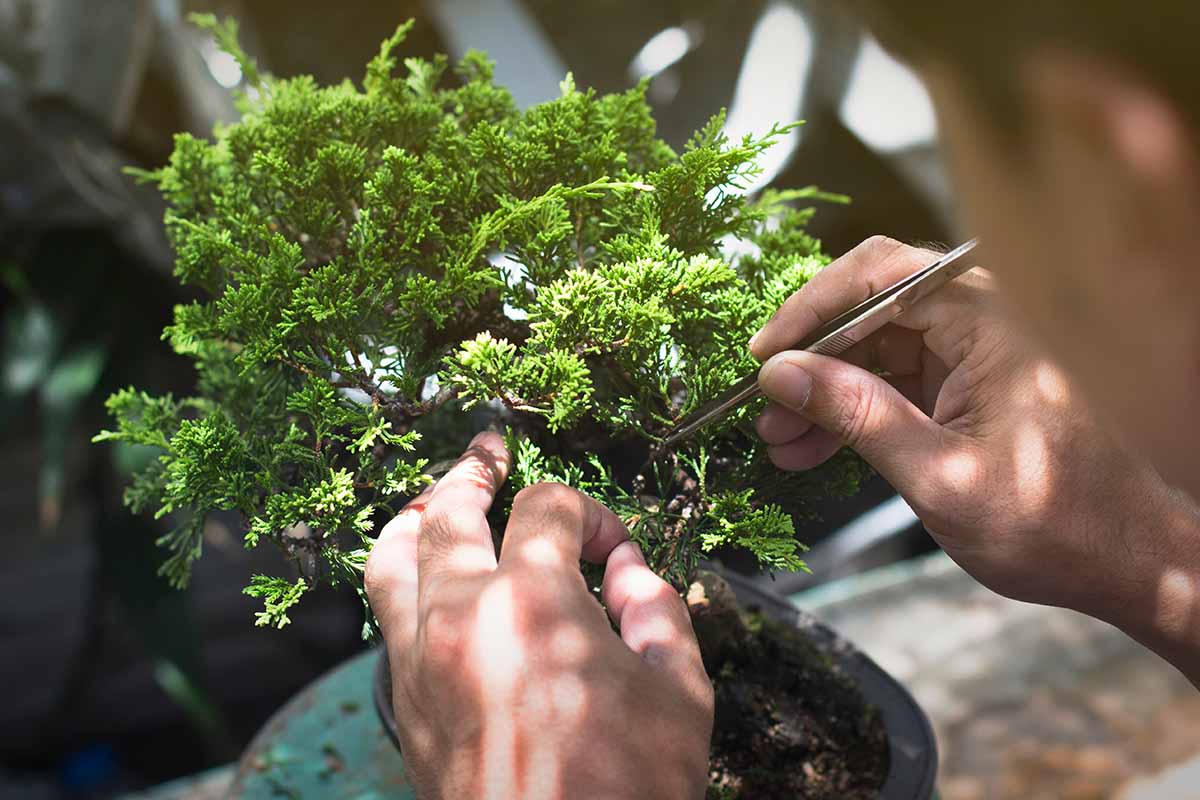The importance of the Bonsai tree as a houseplant has increased over the past couple of years. You now have access to a broad catalog of attractive bonsai trees that are wonderful to be placed in your home. However, most people aren’t fully aware of the various care tips that should be followed while nurturing these plants at home.
Here are the top 5 bonsai trees and precise care instructions that help maintain these plants.
Japanese Red Maple Tree
https://www.youtube.com/watch?v=BWTysm2-R6E
Acer Palmatum or Japanese Maple, is a preferred choice for creating a lovely bonsai tree. Its lobed leaves decorated with a stunning color make it highly attractive to be placed in your living room, balcony, or porch section of the house. Japanese Maple does not require too much care, but sunlight and watering patterns need to be precise. During the afternoon hours, try to switch the bonsai plant’s position to a slightly sheltered area to avoid leaf damage.
Care Instructions:
- Japanese Maple bonsai should be kept moist even in the shade.
- Organic matter needs to be included for soil preparation.
- Newly planted bonsai trees should be pruned in order to maintain the branch structure.
- Freshly planted trees shouldn’t be fertilized until the next growing season.
Carmona Bonsai Plant
Carmona Bonsai or Fukien Tea is extremely popular in Western countries. Its reputation among indoor Bonsai plants online has increased as more people now prefer it as part of their home décor. The small and shiny dark-colored leaves with white dots are the main attraction of this particular bonsai. You can even spot white-colored flowers that blossom throughout the year and later transform into dark red berries during the winter season.
Care Instructions:
- You need to keep the Carmona bonsai at a place where it receives sufficient sunlight; for instance, near the windowpane. For an indoor plant, you can try keeping it outdoors only in warmer climates.
- This bonsai tree should be kept moist, but overwatering needs to be completed avoided.
- Always prefer solid organic fertilizer that is highly recommended for Carmona bonsai since it has sensitive roots.
- Pruning is an essential aspect of keeping this bonsai tree healthy. Young shoots are flexible, giving a better opportunity to trimming them to acquire the desired branch structure.
Bougainvillea Bonsai Tree
Bougainvillea Bonsai Tree is perfectly adaptable in the warm climate. These bonsais can easily thrive throughout the year considering there is enough water and nutrients to support its growth. Bougainvillea Bonsai can acquire a maximum length of 12 meters and hold the capability to climb over neighboring plants. You can place this attractive bonsai in your garden or balcony space, where the petal-shaped, colorful leaves can prove useful in illuminating the overall decor.
Care Instructions:
- Bougainvillea Bonsai should be grown in the outdoors where there is bright sunlight.
- These bonsais need to be watered timely, making sure the pots have precise drainage holes. Overwatering can cause fungal, which directly hampers plant growth.
- Always prefer using a nitrogen-rich fertilizer to maintain leaf growth in Bougainvillea Bonsai.
- You can prune the bonsai as per your desired shape during the spring season.

Ginseng Ficus Microcapa Bonsai
Its strong stems and roots can identify the Ginseng Ficus. This variety of bonsai is suitable for both indoor and outdoor setups, and you can even position this striking plant to enhance the look of your office space. The oval-shaped leaves are very impressive and complemented by exposed aerial roots that appear similar to tree trunks.
Care Instructions:
- The Ficus Ginseng can survive indoors with sufficient light reaching the plant both in the morning and evening time. You can even prefer keeping this bonsai outside during the spring and summer season.
- Watering your bonsai should happen regularly. Whenever the Ficus Ginseng soil appears to dry, water the plant and let the soil get thoroughly moist.
- Repotting is an essential aspect that should be managed periodically for your Ficus Ginseng bonsai. The act of supplying your bonsai tree with fresh soil encourages root growth.
- Pruning or trimming twice a year helps maintain leaf growth and safeguards the bonsai plant from insects and diseases.
Money Tree
The Bonsai Money Tree popularity among different bonsai plants is majorly due to its significance for good luck and prosperity. The binomial name for Money Tree bonsai is Pachira Aquatica, and this plant is also called the Malabar chestnut. You can conveniently place this delicate bonsai indoors, close to the window sill or living room spaces that receive indirect sunlight.
Care Instructions:
- Small leaves of freshly planted bonsais need watering at least twice a week. Watering at an early age works to trigger leaf growth. During the winter months, water the Money Tree bonsai only when the soil starts to dry.
- Feed your Money Tree bonsai with an organic fertilizer during the period between March and October.
- Pruning in the spring season is recommended for acquiring a desired shape for the bonsai. The Money Tree bonsai overgrows, and hence timely pinching and trimming is a must.
Each of these bonsai plants mentioned above is best in terms of appearance and maintenance. You can pick out a nearby nursery to search these bonsai trees and place them smartly to heighten your home décor. Make sure to follow each of the care instructions for the respective bonsai trees. It will help you keep them for a longer duration without any significant issues.





